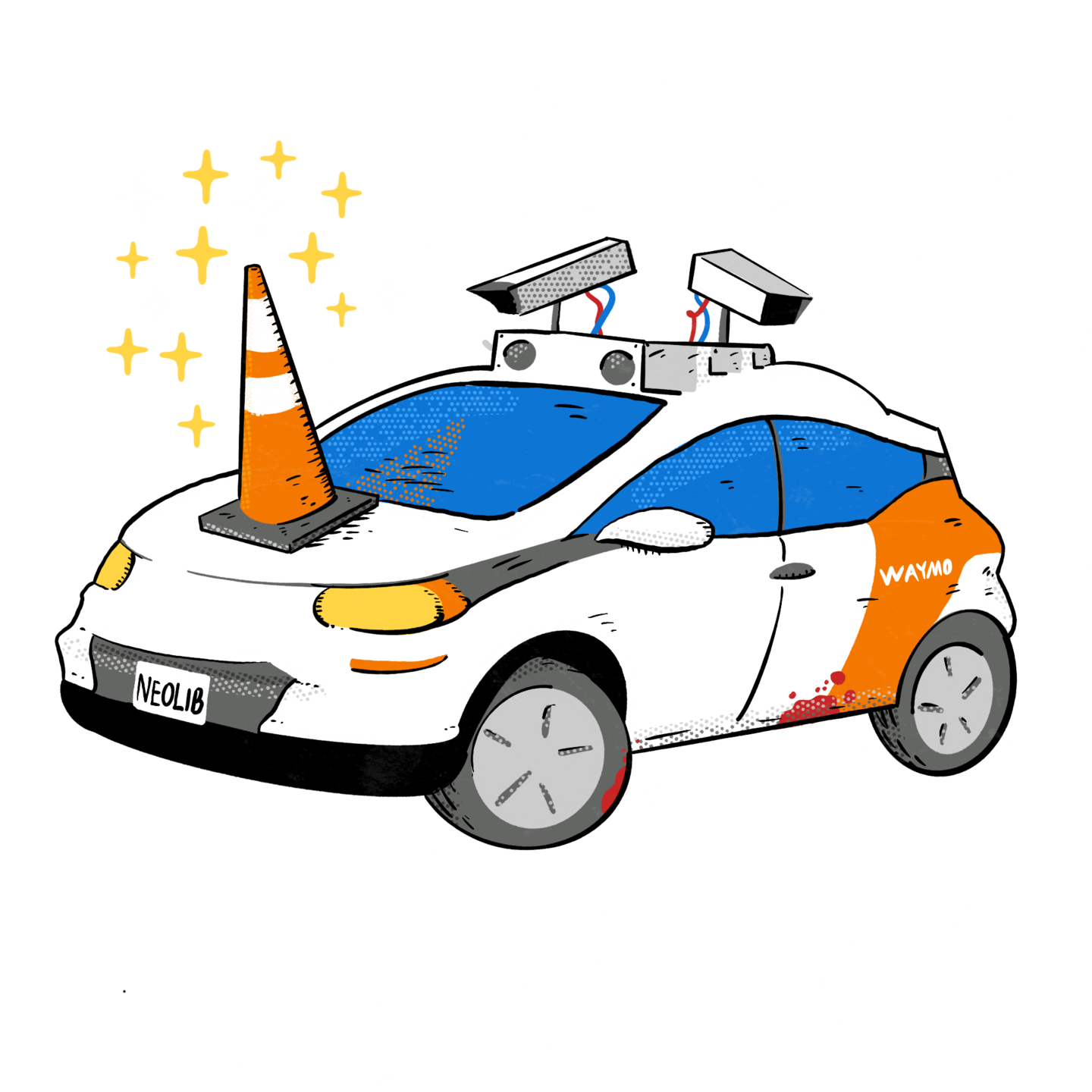
Support California bills to regulate AVs
Three additional California bills to regulate AVs have been sent to committee and need your support. This post contains simple instructions on how to send letters of support and provides templates, making it really easy for you to help.











